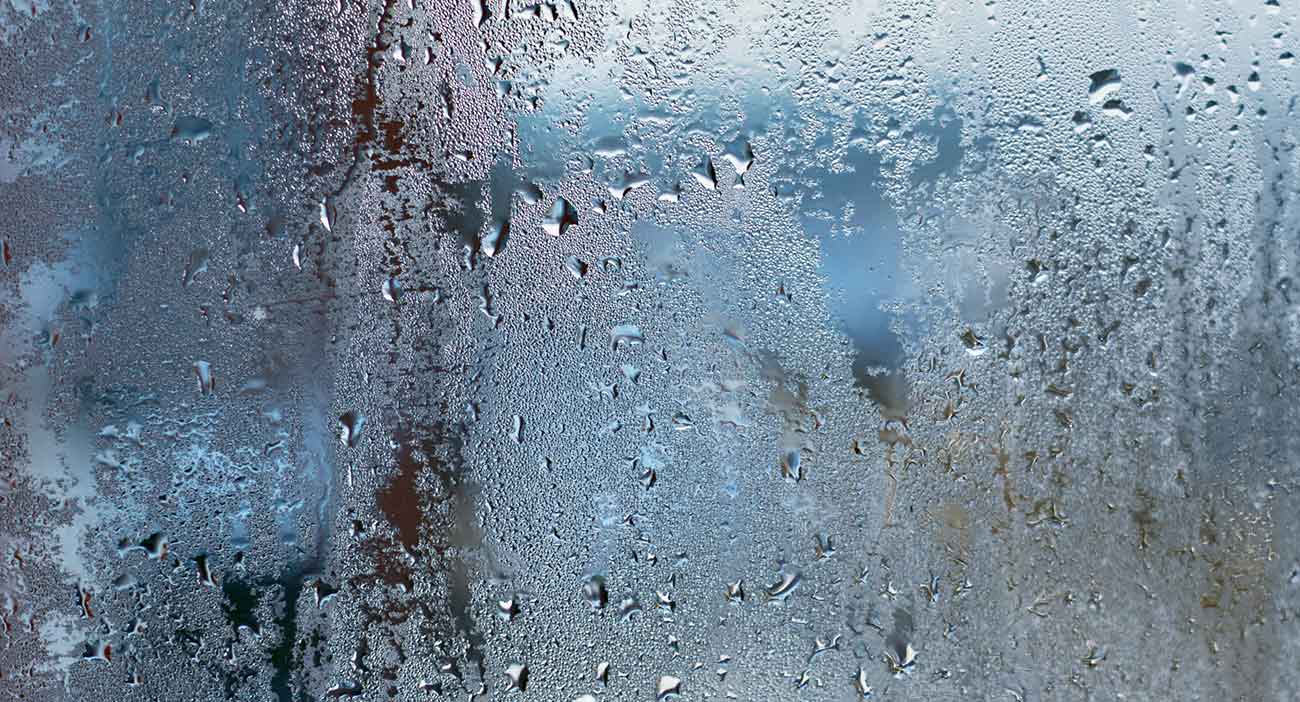
23 Nov Wintertime Problems and Your HVAC System Palm Beach
Wintertime Problems and Your HVAC System Palm Beach
Schedule a Free Termite Inspection Today
1. Humidity
Humidity levels in your home can be a problem if they get too high or too low. When you’re running your heating system a lot, it’s likely to dry your air out, meaning you may have to deal with low humidity. One relatively easy fix for this is to have a humidifier installed as an add-on to your furnace to help boost humidity when it gets too low.
However, you may not need to run your heating system every day in the fall, so your humidity levels may easily bounce back to too-moist levels. The daily humidity for Palm Beach County in December is 67 percent relative humidity, which is above the recommended range of 30 to 50 percent.
High humidity levels can allow mold growth in your home. The HVAC system can either be a victim of mold growth (when mold grows in the ducts) or can help spread it throughout the home by transferring spore-containing air between rooms. If you do find a mold problem in your home, you’ll need both mold remediation and a dehumidifier to keep humidity levels stable.
2. Condensation
Anytime your indoor air has a measurable amount of humidity, condensation is possible. Water condenses out of air when the air cools rapidly, which is why you’ll find water deposited in droplets on a chilly windowpane, for instance.
Because many indoor activities (such as showering, bathing, and cooking) release water vapor, indoor humidity could become even higher than outdoor humidity, allowing even more condensation. Condensation can become a problem in ducts if they’re not insulated. Condensed water may drip and cause water damage or provide a water source for mold and pests.
3. Leaks from Furnace
If you have a furnace, seeing water running from it may be an odd sight but also an alarming one. Some of the potential causes of water leaking from a furnace include a condensate line clog, a leaking humidifier, or a faulty condensate pump. Be sure to call for repairs as soon as you notice the leak so you don’t end up with major water damage.
You’ll also want to have the technician check your furnace filter during the repair visit; if it’s gotten wet, the filter will need to be replaced.
4. Water Intrusion
Your system’s ventilation is responsible for letting in fresh air from outside. Any vents to the outdoors may suffer from leaks (such as roof leaks around vent exhaust pipes) or from condensation that causes a drip, which can look just like a leak in some cases.
Another possible way water can get into your HVAC system is groundwater or floodwater intrusion. Groundwater intrusion is a particularly relevant issue since the water table may be higher in winter. If you have buried ductwork and it’s not watertight, groundwater may start to fill up the ducts. You may need to improve the drainage around your home to fix this problem.
Professional repair is the only way to ensure the safety and efficiency of your furnace over time. Contact Sosa Air Conditioning immediately if you suspect your furnace has a cracked heat exchanger.
These four issues with water can all cause problems with your HVAC system in the wintertime. If you find any of these or similar issues, be sure to call for a reputable contractor such as Sosa Air Conditioning. We can help you get to the bottom of any moisture problems with your system and resolve things as quickly as possible, so give us a call today.


No Comments